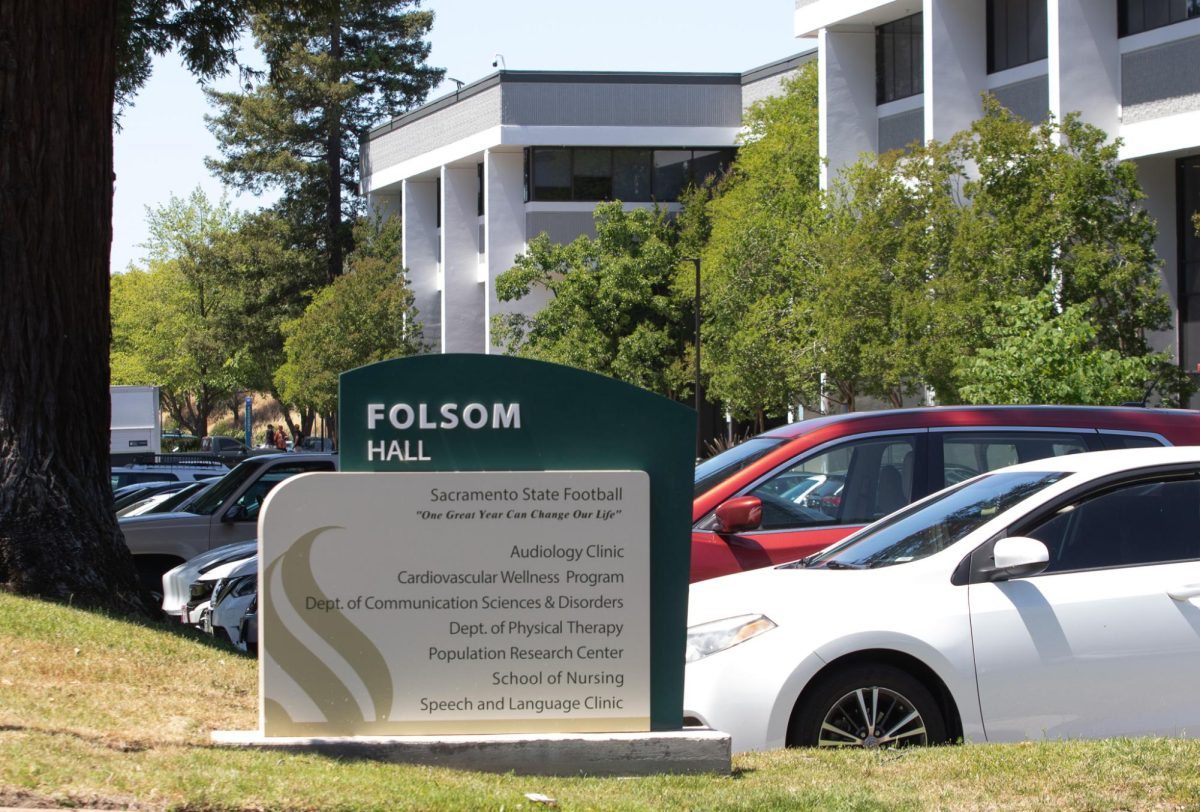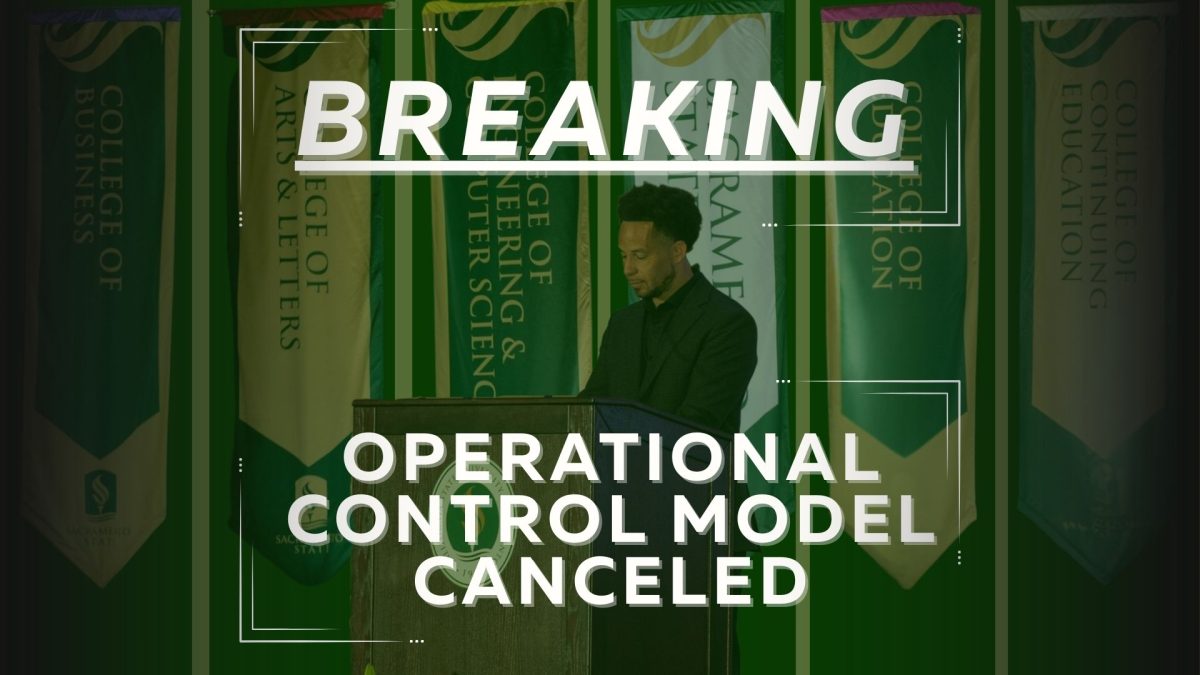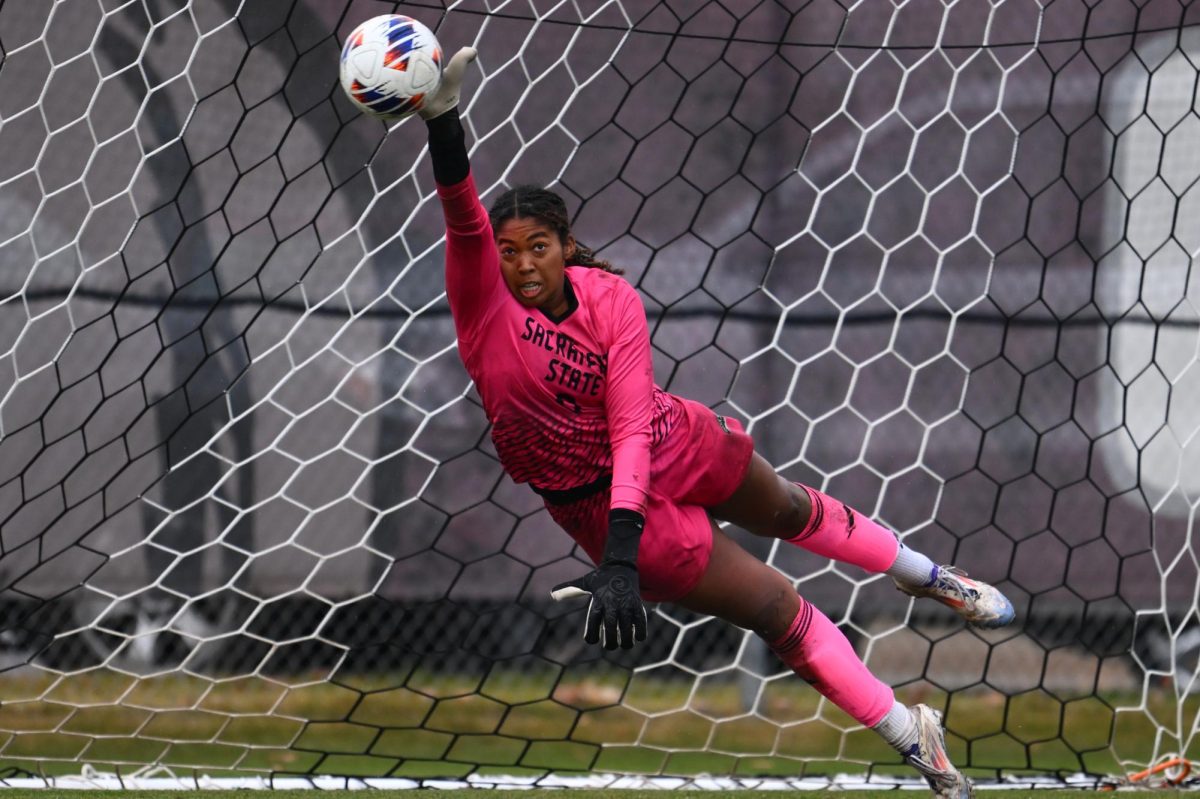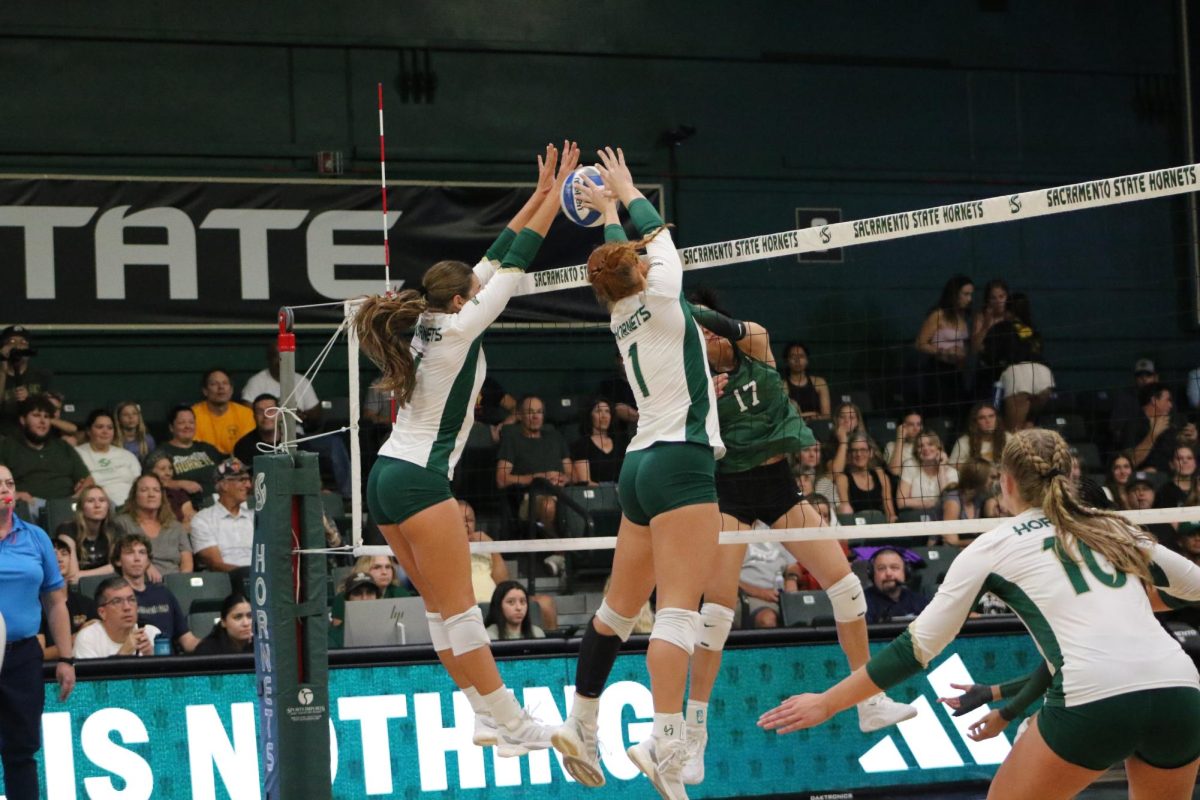Downsizing Cal State system could boost reputation
September 7, 2006
Last fall, I happened to be at a football game where California State University, Sacramento played against its archrival University of California, Davis in the annual Causeway Classic. The enmity between the two colleges has traditionally been strong, and one of Davis’ fans’ favorite things to do at these games is mock the alleged inferiority of CSU Sacramento by holding signs that display insults, such as, I got accepted to Sac State and I didn’t even apply.
While CSU students are generally proud of their schools, many can’t help but wince when they’re reminded that the system contains the lesser California universities.
Some speculate that it’s easier to be accepted to CSU schools, and the application process is much less arduous than in the UC system. Also, because of the sky-high grade-point average requirements of UC schools, one is more likely to find a higher percentage of high school valedictorians on campuses such as UC Berkeley, UCLA and UC Davis. As a result, students and alumni of the prestigious UC and private universities are more likely to ridicule aspects of the CSU system, as well as the students and faculty of such universities.
But there’s more to why the CSU campuses are considered bottom of the heap in California public universities.
First, when the state created its two public university systems, the UC system was officially designated as the more prominent one and was given research-university status, as well as exclusive authority to award doctorates and professional degrees. On the other hand, the CSU system was designed to be little more than a pool of undergraduates.
Second, the explosion of CSU campuses has contributed to the system’s reputation. A whopping 23 campuses make up the system — more than twice the number of UC campuses — and CSUs make up one of the largest college systems in the country. Its campuses contain more than 400,000 students. The high numbers mean there are more schools with more students demanding a piece of the state’s university-funding pie, and each one gets less than those in smaller state-college systems.
Small state-university systems similar to the UC, such as Ohio State University, tend to have more prestigious colleges. OSU has only six campuses and an agricultural research center; the University of Michigan only has three campuses and the University of Texas system has nine. Interestingly, these state systems contain some of the most highly regarded state universities in the United States. They’re not in small states, and they’re not Ivy League. The only real difference among these schools and CSU schools seems to be that there are far fewer of them.
The CSU system could have marquee institutions too, and perhaps the answer is in downsizing. Does the state really need 23 CSU campuses? With fewer schools, the state could channel more funding into each school, and the system would have to be pickier about who it admits. This would mean more stringent admission standards. Put that together with more spending per student and funding of research, and you’re on your way to national prominence.
This would also mean that fewer Californians would go to college, but perhaps the state needs fewer college graduates roaming around. Fewer bachelor’s degrees would create a more balanced workforce, freeing up people for skilled trades and industries we all depend on.
What California needs isn’t more college graduates, but college graduates coming from better schools, and not necessarily from the UC system. If CSU lost some its hulking weight in campuses, it could find itself with at least one university ranking right up there with Michigan and Ohio State — improving higher education in California and putting some of that UC trash-talk to an end.





























































































































